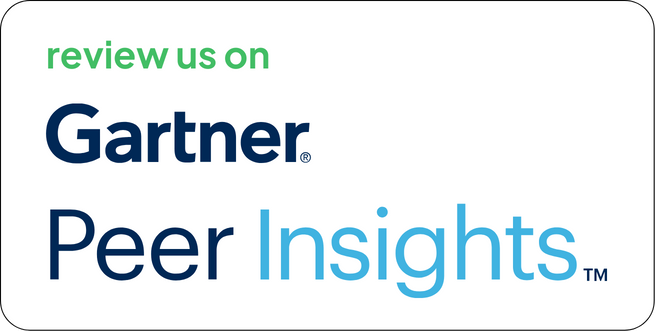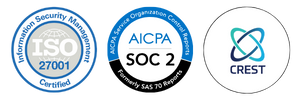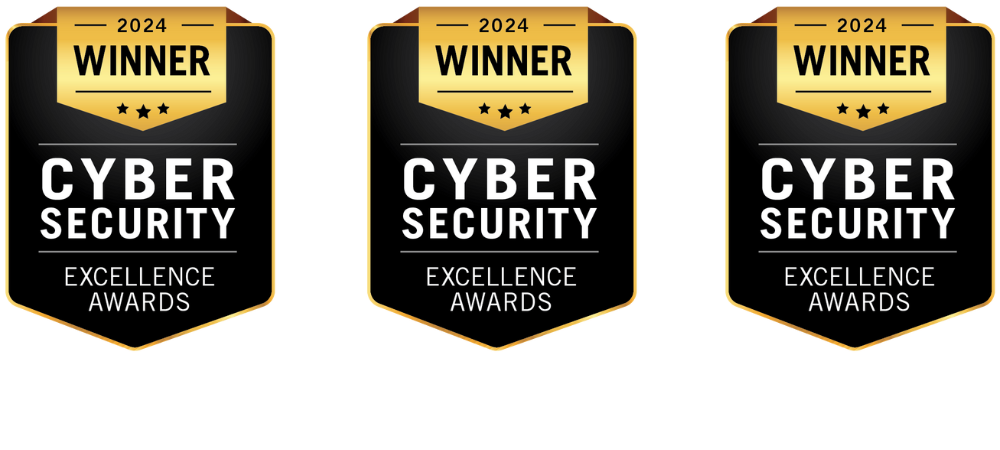Security starts with asset visibility. But visibility isn’t the same as inventory, and inventory isn’t the same as actionable intelligence. When teams rely on manual cloud snapshots, spreadsheets, or isolated CSPM feeds, assets get missed, classified incorrectly, or disconnected from the broader risk narrative.
That’s where Strobes changes the equation. By integrating directly with AWS, Strobes provides a structured, automatically refreshed view of your cloud infrastructure aligned with ownership, enriched with business metadata, and ready for operational security workflows.
Let’s unpack what AWS Integration with Strobes does, why it matters, and what your team gains from deploying it.
Why AWS Asset Visibility Requires More Than a Console View
Managing AWS infrastructure at scale introduces complexities most static tools can’t keep up with:
- EC2s, S3 buckets, and Lambda functions get spun up or destroyed dynamically
- Teams operate across dozens of accounts and regions
- Tags are inconsistent or missing
- Security teams lack direct access to infrastructure metadata
The result? Drift. Gaps. Missed exposures. Without structured, contextualized inventory, it’s impossible to:
- Prioritize vulnerabilities by asset importance
- Ensure ownership and SLA compliance
- Track changes for audit and compliance
Strobes addresses these limitations by connecting directly to AWS APIs and integrating asset intelligence into your CTEM workflow.
What Is the AWS Integration with Strobes?
AWS Integration with Strobes lets Strobes pull cloud asset metadata from AWS accounts at scale, securely, and continuously.
It’s not a CSPM. It doesn’t just show resource states. Instead, it feeds business-relevant asset intelligence into risk workflows enriching vulnerability findings, triggering automation, and linking every resource to its lifecycle and owner.
The AWS–Strobes connector supports:
- Asset Discovery: EC2, S3, RDS, Lambda, VPC, IAM, and more
- Tag Normalization: Strobes maps AWS tags to internal attributes like Business Unit, Environment, and Owner
- Lifecycle Tracking: Resources marked as deleted or stopped are removed from prioritization queues
- Metadata Enrichment: Region, Account ID, Resource Type, Tags, Public/Private status
- Automated Workflows: Actions based on asset state, exposure, or tagging (e.g., generate Jira ticket if an internet-exposed EC2 is vulnerable)
How the Integration Works
Once set up, the integration operates as a secure, scalable data pipeline between AWS and Strobes.
1. Secure Credential Setup
Admins configure read-only access using an IAM Role or API keys. Least privilege policies restrict access to necessary services like EC2, S3, and Config.
2. Asset Sync Initiation
You select which services and accounts to track. Strobes performs a full pull and then syncs deltas at regular intervals (configurable).
3. Data Parsing and Mapping
Assets are normalized into the Strobes data model. AWS tags are mapped to internal taxonomies for better filtering and reporting.
4. Risk Contextualization
Strobes correlates assets with findings from scanners like AWS Inspector or Prowler, links them to external attack surface visibility, and layers in business context.
5. Automation and Reporting
Workflows and dashboards are auto-updated based on asset changes. For instance, if a critical RDS instance becomes public-facing, it moves to high-priority risk tiers automatically.
What Makes AWS Integration with Strobes is Different?
1. Asset Awareness Beyond Raw Listings
Other tools show “you have 13 EC2s.” Strobes shows:
- Which EC2s are production vs. staging
- Who owns each instance
- Which ones are tied to critical apps
- What known vulnerabilities or misconfigurations they carry
- Whether they are publicly accessible
This creates a practical security view, not a static inventory report.
2. Real-Time Prioritization Tied to Live Assets
A vulnerability is only relevant if the asset still exists and is in use. Strobes ensures:
- Terminated or stopped assets are excluded from reports and SLA metrics
- Public-facing assets are prioritized higher
- Duplicate risks across cloned instances aren’t counted twice
- Only actionable, current resources are factored into triage
This avoids wasted remediation cycles and audit clutter.
3. Structured Workflows That Scale
With metadata-driven automation, your team can define rules like:
- “If EC2 has tag Environment:Prod and scanner reports critical vuln → Create Jira issue with SLA of 3 days.”
- “If S3 bucket is public and owned by Finance → Notify Slack channel + mark as high risk.”
Everything is orchestrated. No spreadsheets. No ad-hoc emails.
4. Business-Centric Reporting
Executives don’t care how many EC2s are running. They care how many critical risks exist in revenue-facing systems.
Strobes reporting enables:
- Asset breakdowns by owner, environment, exposure type
- Risk trend analysis by cloud account or business function
- Compliance views tied to ISO, SOC 2, PCI-DSS
- SLA performance reporting on AWS-specific remediations
All asset data feeds into the same dashboards that already track vulnerabilities and risk posture.
Strategic Impact
AWS Integration with Strobes aligns three key areas for security programs:
| Challenge | Solved By Strobes AWS Integration |
| Lack of visibility into multi-account cloud | Centralized, multi-account inventory sync |
| Poor asset ownership tracking | Tag-based mapping to business units and users |
| Incomplete context for risk scoring | Enrichment with metadata, public exposure, and lifecycle state |
| Delayed remediation cycles | Real-time asset sync with automation hooks |
| Reporting complexity | Unified dashboards combining asset, vulnerability, and SLA metrics |
Who Benefits?
AWS Integration with Strobes is purpose-built for:
- Cloud-first companies managing hundreds of EC2s, S3 buckets, and Lambda functions across environments
- Security teams needing context-aware prioritization instead of raw alerts
- Compliance-heavy industries requiring asset traceability and audit reports
- DevOps teams that want clarity on what they own and what needs action without waiting for manual handoffs
Final Thoughts
AWS gives you the infrastructure. Strobes makes that infrastructure visible, measurable, and secure at scale.
If you’re spending time merging spreadsheets, reconciling CMDB exports, or manually correlating cloud findings, it’s time to bring structure into the process.
Ready to see how AWS asset integration works in Strobes?
→ Contact us and explore the platform today.





